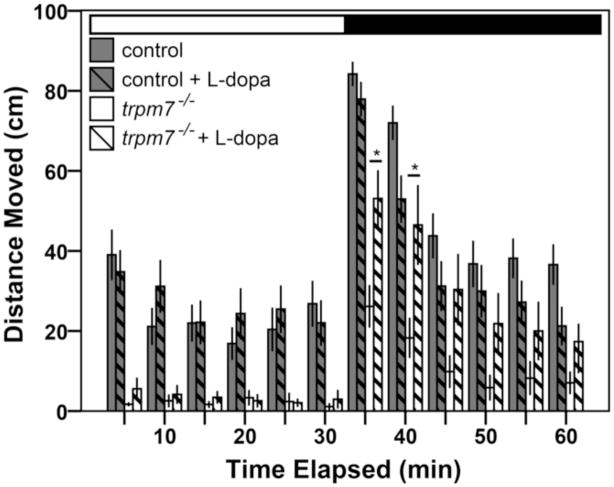Figure 2. The hypomotility of trpm7 mutants is levodopa responsive.
Bar chart showing results of automated analysis of motility was carried out during daytime, over one cycle of 30 min exposure to light (white horizontal bar) followed by 30 min of darkness (black horizontal bar). Vertical bars indicate average distance moved during 5 min intervals. The average movement of mutants over the hour was significantly lower than that of controls (Welch t-test, p < 0.001). For each experiment, half of a single clutch of larvae from trpm7 heterozygous adults was treated with 30 μM L-dopa for 3 hrs before recording. The motility of trpm7 mutants was significantly increased by L-dopa treatment during the first 10 min after the light-to-dark shift (Student’s t-test, p = 0.004 and Welch t-test, p = 0.017 for the first and second 5 min intervals after the light-to-dark transition, respectively). By contrast, control larvae were unaffected by L-dopa (Student’s t-test, p = 0.097 and p = 0.070 for the first and second 5 min intervals after the light-to-dark transition, respectively). Each group tested consisted of 22–24 animals. Error bars represent SEM in one single hr. Asterisks, values significantly different.

